Correctly Identify the Blood Pathologies Described in Column a
There are four major blood groups determined by the presence or absence of two antigens A and B on the surface of red blood cells. In addition to the A and B antigens there is a protein called the Rh factor which can be either present or absent creating the 8 most common blood types A A- B B- O O- AB AB-.

Solved 244 Review Sheet 19 5 Describe The Consistency And Chegg Com
Abnormal increase in the number of WBCs abnormal increase in the number of RBCs condition of too few RBCs or of RBCs with hemoglobin deficiencies abnormal decrease in the number of WBCs Column B b.

. Correctly identify the blood pathologies described in column A by matching them with selections from column B. Abnormal increase in the number of WBCs. The pathologist is an employee of the lab Two referred slides described as left deep cervical mass left jugular lymph node Clinical data.
Near or toward the tail in humans the coccyx or lowest part of the spinal column. Inferior or caudal describes a position below or lower than another part of the body proper. 8 identify the blood pathologies described in column A by matching them with selections from column B.
Abnormal decrease in the number of WBCs d. Correctly identify the blood pathologies described in column A by matching them with selections from column B. Identify bony projections and depressions.
Unlike the HCT this measurement is affected by plasma trapping and how the red blood cells pack within the column. Generally pathology and laboratory specimens are prepared screened andor tested by. Condition of too few RBCs or of RBCs with hemoglobin deficiencies c.
Located in the abdominal cavity kidneys are the most efficient filters. Condition of too few RBCs or of RBCs with leucopenia. Note the percentage of each in the total white blood cell populatiOryo eosinophils.
8- Correctly identify the blood pathologies described in column A by matching them with selections from column B. View Screen Shot 2021-09-19 at 84559 AMpng from CTE SCI322 at University of Mindanao - Main Campus Matina Davao City. Pathology and Laboratory Chapter 18 Case 2 Surgical pathology report.
Locate and identify bones of the thoracic cage. Pathologies in the trachea and bronchi can be easy to spot on a chest x-ray if you know what to look for. Weight of an adult kidney.
Column A Column B _____ 1. Instructors Manual 5. Anatomy Physiology 2019.
Abnormal increase in the number of RBCs b. Locate and identify the blood vessels and conduction system that supply and innervate cardiac muscle. The slides are reviewed in conjunction with the patient being referred for.
They are an important component of the human excretory system and help the body retain essential molecules and get rid of the unwanted ones. Abnormal increase in the number of RBCs leukocytosis _____ 3. 4 abnormal increase in the number of WBCs abnormal increase in the number of RBCs.
Leukopenia Column A abnormal increase in the number of WBCs abnormal increase in the number of. An additional code is reported to identify the ESRD. Pathology and laboratory CPT codes describe services to evaluate specimens eg blood body fluid tissue obtained from patients in order to provide information to the treating physician.
Size of an adult kidney. The laboratory will also be responsible for performing assays and reporting results. The thumb pollex is lateral to the digits.
Correctly identify the blood pathologies described in column A by. Describe the cross-sectional structure of a vertebra. Abnormal increase in the number of WBCs a.
The Central Blood Analysis Laboratory CBAL will be responsible for special blood collection and handling protocols as well as training and QC monitoring at the Clinical Centers. Abnormal increase in the number of WBCs anemia _____ 2. In this lesson Dr Dobranowski will show you what signs to look for on a chest x-ray to determine whether somethings wrong and how to confidently identify common pathologies involving the trachea and bronchi.
Abnormal decrease in the number ofWBCs 30 Column B a. Correctly identify the blood pathologies described in column A by matching them with selections from column B. Red blood cell packing is species-dependent it takes longer for ruminant RBCs to pack compared to dogs cats and horses Therefore the microhematocrit tubes are spun for 10 minutes in ruminants versus 3 minutes in other species.
The heart works continuously from. Column A Column B 1. Locate and describe the major organs of the musculoskeletal system and their functions.
Abnormal increase in the number of WBCs a. Although all parts of the heart work together to carry out its daily function the ventricles have an enormous role in maintaining adequate cardiac output to keep blood flowing. Abnormal increase in the number of RBCs 3.
Correctly place bones in either the axial or the appendicular skeleton. The definition of heart ventricles can be summed up as the large lower chambers of the fibromuscular organ that work to keep blood moving through the body. Describe the consistency and color of the plasma you observed in the laboratory.
Condition of too few RBCs or of RBCs with hemoglobin deficiencies 4. Correctly identify the blood pathologies described in column A by matching them with selections from column B. Describe the distinguishing features of each of.
List and describe the components of a long bone. The pelvis is inferior to the abdomen. Correctly identify the blood pathologies described in column A by matching them with selections from column B.
Lateral describes the side or direction toward the side of the body. Abnormal increase in the number of RBCs b. Abnormal increase in the number ofWBCs 2.
Column A Column B. 372 Collection Processing and Shipping of Blood Samples I. Correctly identify the blood pathologies described in column A by matching them with selections from column B.

Solved Use The Key To Identify The Cell Types Or Blood Chegg Com
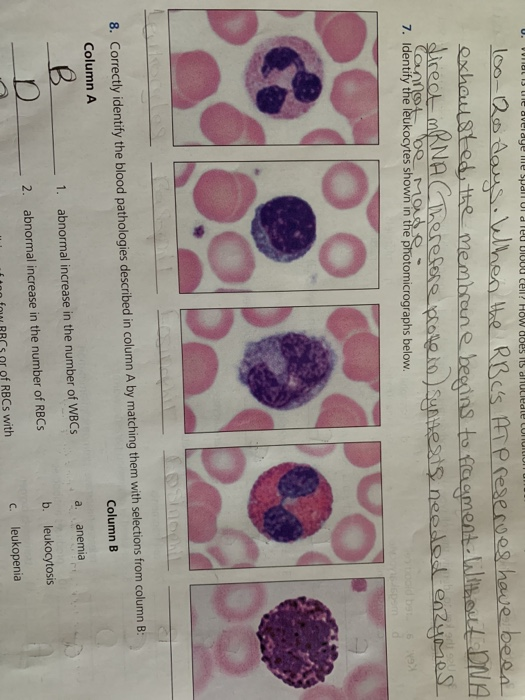
Solved 7 Identify The Leukocytes Shown In The Chegg Com

Week 7 Endocrine System Flashcards Quizlet

Solved To Reproduce Or Repair Damage Caused To It During Chegg Com

Solved 430 Review Sheet 29 4 Define Formed Elements List Chegg Com
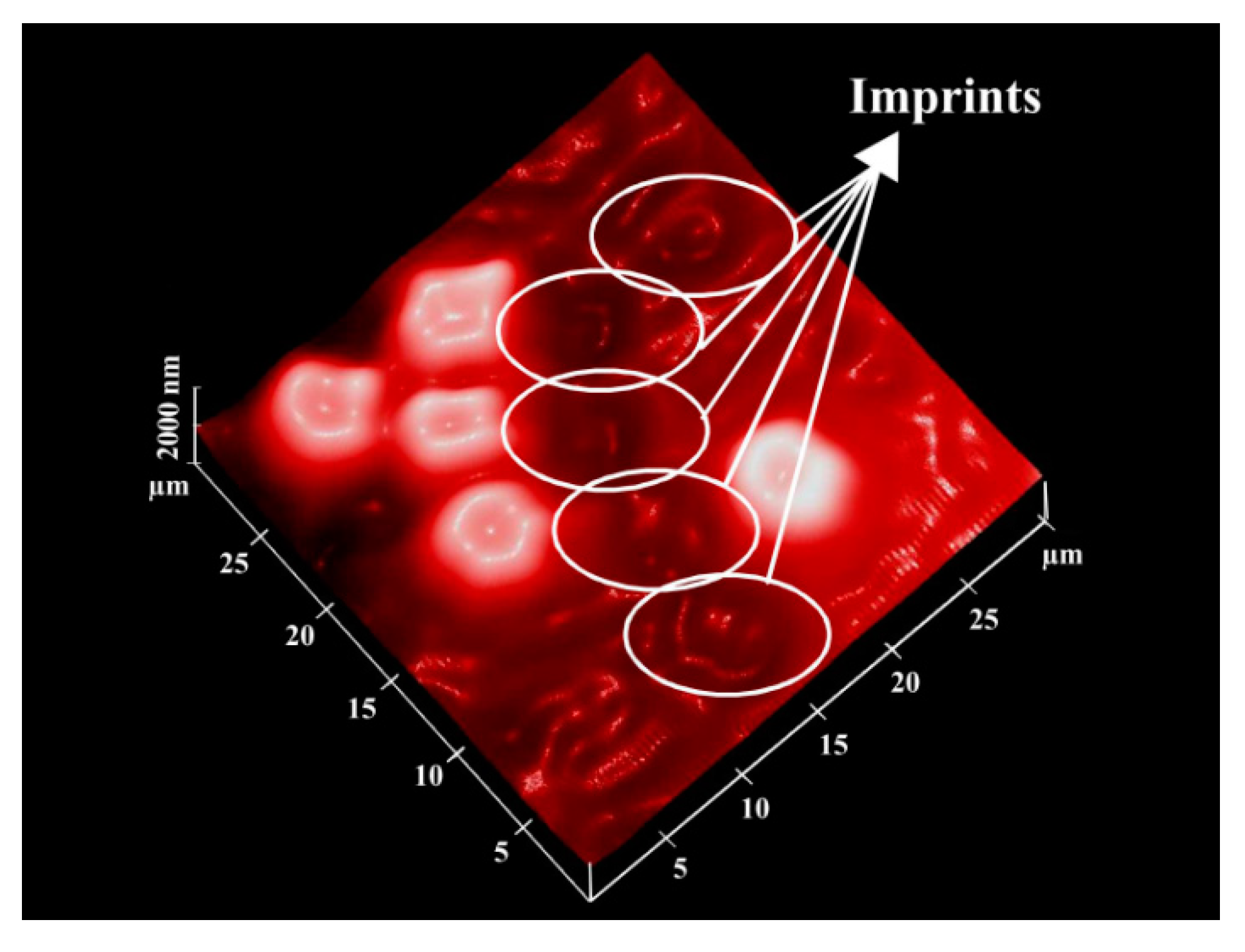
Sensors Free Full Text Blood Group Typing From Classical Strategies To The Application Of Synthetic Antibodies Generated By Molecular Imprinting Html

An Introduction To Red Flags In Serious Pathology Physiopedia
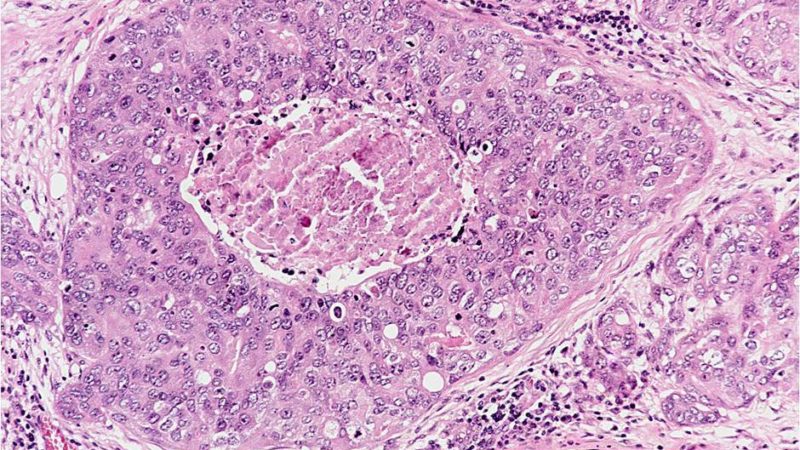
Types Of Breast Cancer Breast Pathology Johns Hopkins Pathology
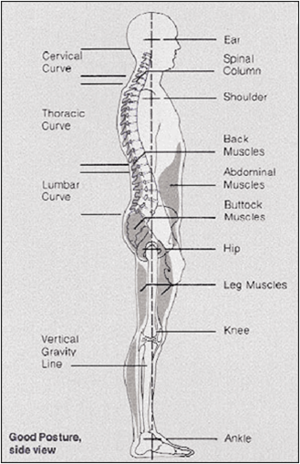
Injury Prevention And Body Mechanics Physiopedia
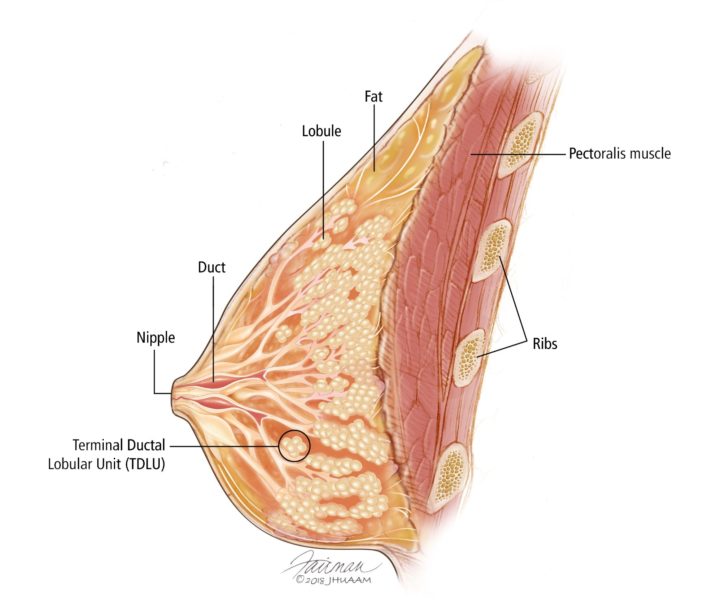
Overview Of The Breast Breast Pathology Johns Hopkins Pathology

Types Of Breast Cancer Breast Pathology Johns Hopkins Pathology
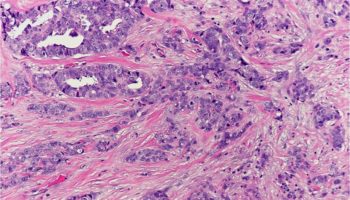
Types Of Breast Cancer Breast Pathology Johns Hopkins Pathology

Solved List The Formed Elements Present In The Blood And 4 Chegg Com

Disease Pathology In Fibrotic Interstitial Lung Disease Is It All About Usual Interstitial Pneumonia The Lancet

How I Investigate Difficult Cells At The Optical Microscope Zini 2021 International Journal Of Laboratory Hematology Wiley Online Library

Solved 438 Review Sheet 29 4 List Four Classes Of Nutrients Chegg Com
-Immunohistochemistry-NB100-77417-img0009.jpg)
Comments
Post a Comment